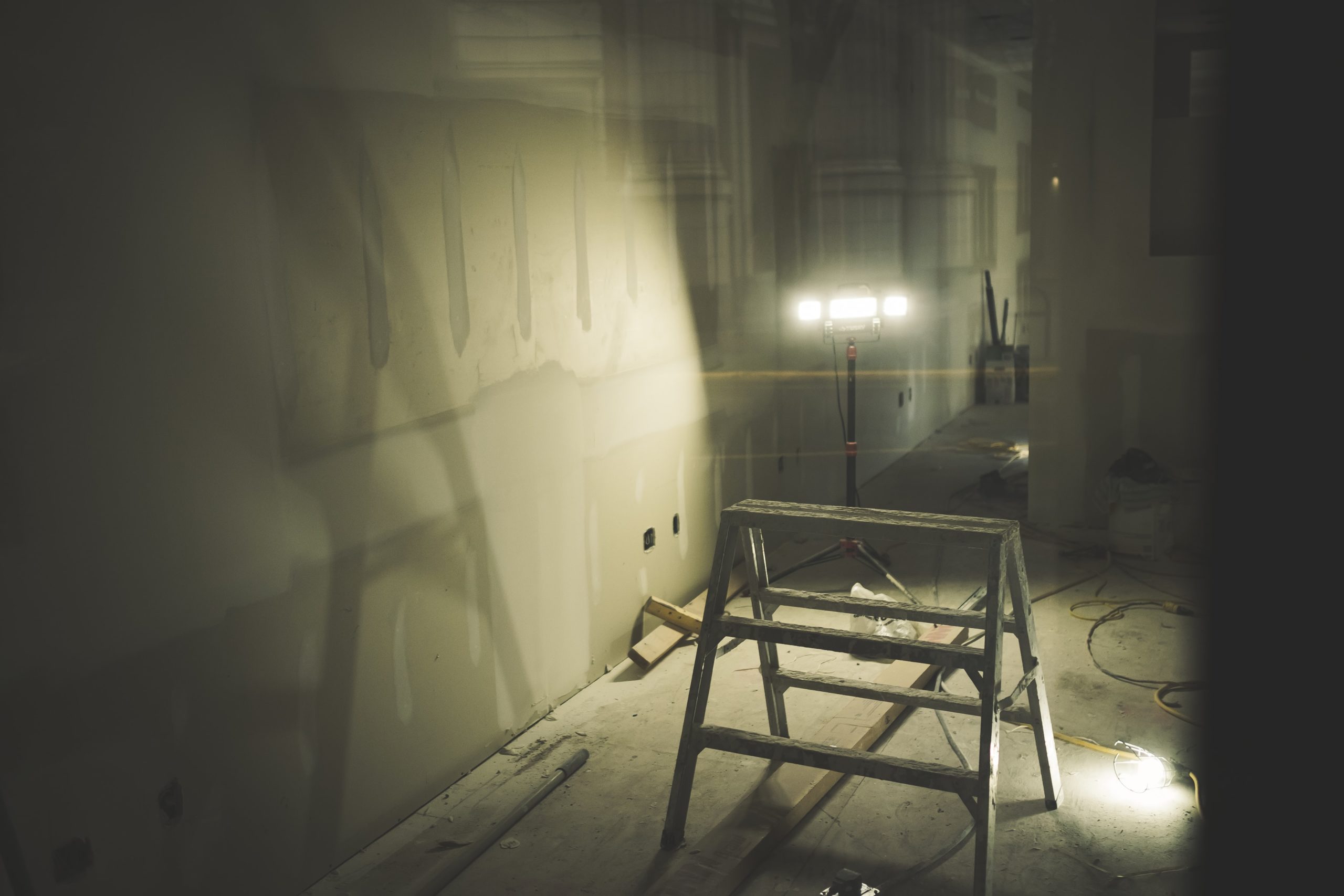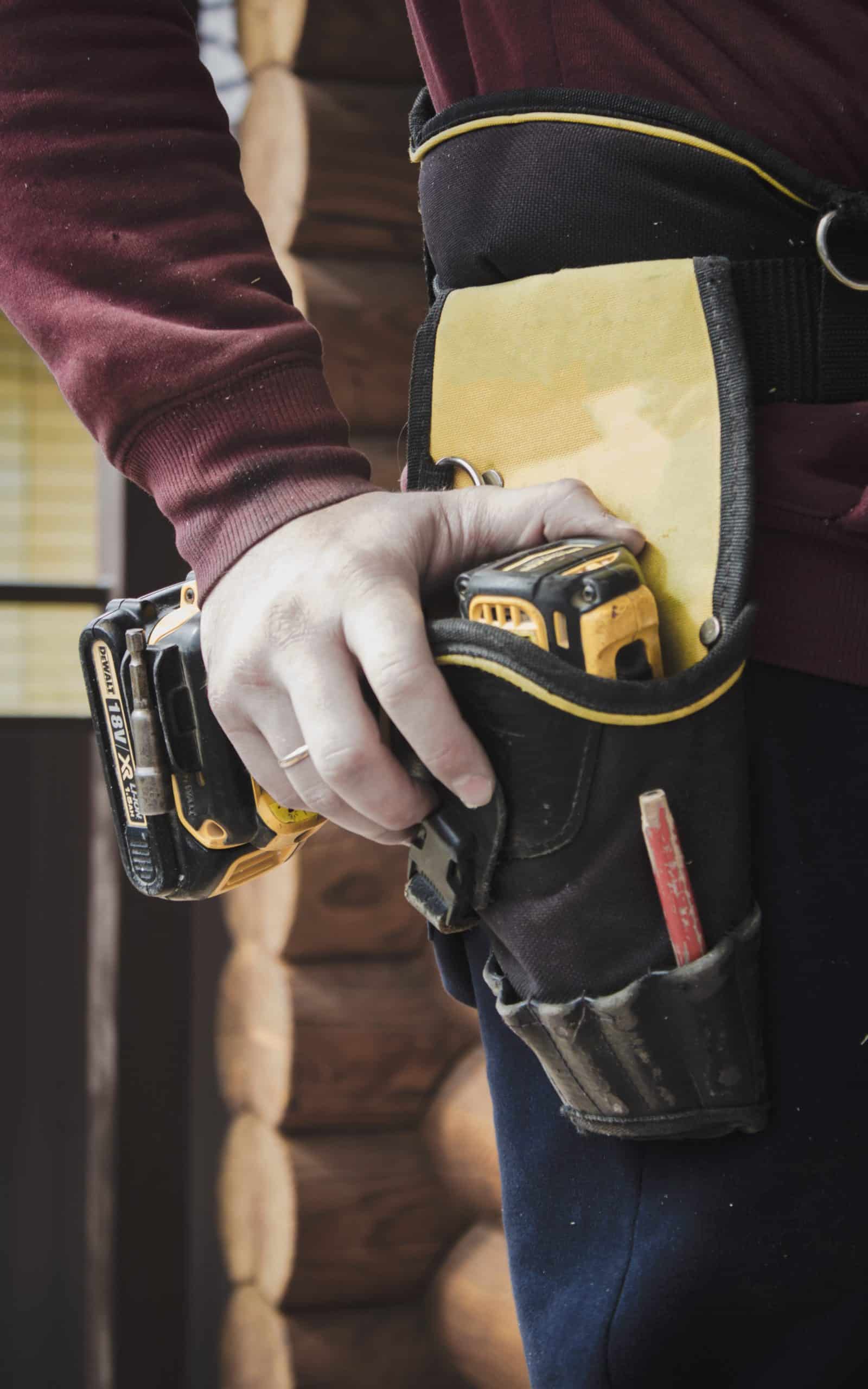Are you planning on doing construction or renovations in your home? If so, you’ll need to know about drywall mud. Drywall mud is a type of plaster that is used to cover and smooth drywall. It is a very important part of the drywall installation process, and it can be used for a variety of other purposes as well. In this blog post, we will teach you everything you need to know about it!
What is drywall mud?
Drywall mud is a type of plaster that is used to cover and smooth drywall. It comes in several different forms, but the most common one is “joint compound” or “mud”. It has a thick consistency and can be applied with either your hands or an applicator such as a trowel.
Drywall mud can also come pre-mixed in cans which makes it easier for you when applying it onto walls because they are ready to use right out of the container! The other types include premix-compressed powdery substances like Plaster Of Paris (POP) and joint tapered edges which require water activation before application on surfaces so make sure there’s enough time allocated during renovation projects before painting starts; this will ensure proper drying before applying any new coats or textures.
How much is drywall mud?
Drywall mud is sold in buckets, which typically hold five gallons of mud. The price will vary depending on the type and quality of the mud, but you can expect to pay around $15-$20 for a five-gallon bucket.
Some stores also sell drywall mud in smaller containers, such as one- or two-quart cans. These cans are a great option if you only need a small amount of mud for a quick project. Prices for these cans range from $0.50-$12, depending on the brand and quality of the mud.
If you’re planning on doing a lot of construction or renovations, it may be worth purchasing a larger quantity of drywall mud so you have plenty on hand.
Browse our building materials if you’re looking for a variety of supplies to complete your next project.
What is the best mud to use for drywall?
There is no one “best” mud to use for drywall. However, there are a few different types of mud that are commonly used:
- All-purpose mud: This type of mud can be used for most applications, such as covering and repairing holes, smoothing seams, and finishing corners. It is the most common type of mud, and it comes in both pre-mixed and powdered forms.
- Lightweight joint compound: This type of mud is thinner than all-purpose mud, making it ideal for repairing small cracks or holes. It is also less likely to shrink than other types of mud.
- Heavyweight joint compound: This type of mud is thicker than all-purpose mud, making it ideal for covering large holes in drywall. It also takes longer to dry than other types of mud and can be difficult to sand down without clumping up on your tools.
- Topping compound: This type of mud is often used for finishing corners or seams where two pieces of dry wall meet each other at an angle (such as inside a closet). The topping compound creates a seamless transition between the two pieces, making it look like one continuous piece of drywall instead of two separate ones.
- Setting compound: This type of mud is used to seal cracks before painting over them with primer and paint; this helps prevent future cracking from occurring due to temperature changes during summer months when water evaporates quickly off surfaces exposed outside all day long every single day.
Which type of mud you use will depend on the specific project you’re working on. Try to choose a type that is specifically designed for the job you’re doing, as it will be easier to work with and will give you better results.
If you’re still not sure which type of drywall mud to use, contact us today for help.
How do you apply drywall mud smoothly?
One of the most important things to remember when applying drywall mud is to make sure the surface is smooth and free of any bumps or ridges. This will ensure a smooth, finished surface once the mud dries.
There are a few different ways to apply drywall mud smoothly:
- Taping knife: The most common way to apply drywall mud is with a taping knife. To do this, scoop some mud onto the blade of the knife and spread it evenly over the surface. Be careful not to add too much mud at once, as it can be difficult to sand down later if it’s too thick.
- Rag: Another way to apply drywall mud is by using a rag. Dip the rag into some mud and then use it like a sponge to spread the mud over the surface.
- Roller: You can also apply drywall mud with a roller brush. Just dip the roller into some of the mud and roll it back forth across your project until it’s covered evenly from end to end without any gaps or holes left in between patches of dried-on material
Watch this video to learn more.
What kind of mud do you use to tape?
When using a taping knife to apply mud, you’ll need to use a type of “taping” mud. This is a specific type of mud that is designed for easy spreading and has a thinner consistency than other types of mud.
There are two main types of taping mud: all-purpose taping mud and lightweight joint compound. All-purpose taping mud is the most common type, while lightweight joint compound is ideal for repairing small cracks or holes.
Topping compound can also be used as a type of taping mud, but it’s generally not recommended because it doesn’t spread as easily as the other two options and can be more difficult to work with.
What is the difference between drywall mud and joint compound?
The main difference between drywall mud and joint compound is that drywall mud has a thicker consistency than joint compound. Both are used to fill gaps or cracks in drywall, but the type of material you use depends on what size gap needs filling up.
For example: if there’s just one tiny crack (about half an inch across), then all-purpose taping mud would be sufficient for this kind of repair job because it spreads easily and won’t take long at all before drying completely solid again without any noticeable signs left behind.
For larger gaps or cracks, a joint compound would be better suited as it dries faster than drywall mud and can fill up bigger holes without taking too long before solidifying completely again with no noticeable signs.
Do you sand between coats of drywall mud?
Typically, you will need to sand between coats of drywall mud in order to achieve a smooth, even surface. However, this isn’t always necessary – it depends on the specific type of mud you’re using and how thick each coat is.
If you are using all-purpose taping mud or lightweight joint compound, then it’s usually not necessary to sand between coats. However, if you are using topping compound then it is recommended that you do sand between each coat in order to achieve the smoothest finish possible.
Can you only do 2 coats of drywall mud?
In most cases, two coats of drywall mud are sufficient. However, it’s not uncommon for people to apply more than one coat if they want their finished project to look even better or need extra coverage over a large area like an entire wall section in order to achieve the smoothest possible surface once dried completely solid again without any noticeable signs left behind from previous coats.
In other words: the number of times you apply your drywall mud will depend on how much coverage is needed for each project so that there aren’t any visible seams or gaps left when dried completely solid again without having to sand down afterwards (unless desired).
Final thoughts on drywall mud
Drywall mud is a versatile material that can be used for a variety of construction and renovation projects. It’s easy to apply and can help achieve a smooth, even surface once dried completely solid again without any noticeable signs left behind from previous coats.
If you’re unsure how to use drywall mud or need some advice on the best type of mud for your project, then get in touch with us today so we can help you out!



